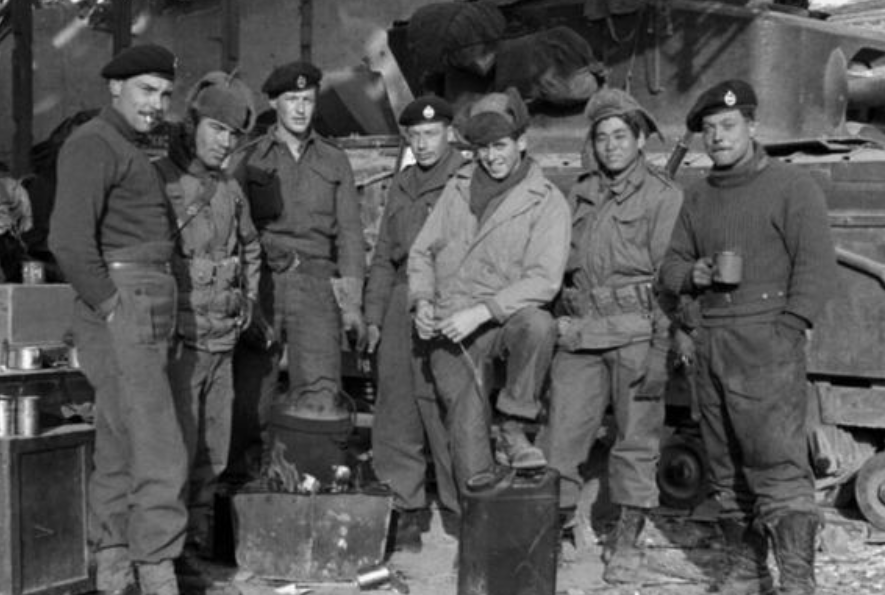The Volunteer Army completely annihilated the British ace troops, the Siege of Shemari, how did the Volunteer Army win?
In early April 1951, the United Nations army led by the US army once again entered the area around the 38th Parallel, preparing for the opportunity to land on the side of the Chinese and North Korean people's army. In order to crush this plan of the enemy, the volunteer army regrouped and launched a siege and annihilation battle in the sheri area.
In this battle, the Volunteers annihilated the so-called British "Gloucester Battalion", thus breaking the myth of the invincibility of this ace force. So, in the face of such a powerful enemy army, how did the volunteer army win?
At that time, in order to prevent the UN army from further advancing the front, the 36th Army of the Volunteer Army, in the midst of the enemy's gunfire and bullets, took a risk and launched an attack on the 314 heights where the enemy was located.
After that, the rest of the volunteer army also responded to the situation, taking advantage of the condescending geographical advantage and launching a fierce artillery attack on the enemy.
On the evening of April 23, the volunteer army took advantage of the darkness to cross the Linjin River under cover and went around to the rear of the enemy army to attack and destroy it.
Not only that, the volunteer army also seized the link between the American and British armies, the Cyan Yue Mountain, directly pushing the British army into a situation of fighting alone, and playing a decisive role in the victory of the volunteer army in the later period.
After two days of fighting, the Volunteer 187th Division used enveloping tactics to encircle the Gloucester Battalion to the death. Forcing the British forces into a dilemma, they eventually had to abandon the highlands north of Shemari in order to protect themselves.
At the same time, in order to preserve military strength as much as possible, the enemy also gave up a large number of advanced weapons and equipment, closely supported by artillery attacks, and ventured to break through the siege.
However, it was surrounded and blocked by the first battalion of the 560th Regiment of the Volunteer Army. In desperation, the British army could only honestly retreat to Highland 235. After many maneuvers, their range of activities gradually narrowed, and finally they were faced with only the dead end of being annihilated.
Later, although the United Nations army led by the American army rushed to reinforce the "Gloucester Battalion" and sent a large number of artillery, aircraft and tanks. However, under the concerted resistance of the 561st Regiment and the 559th Regiment of the Volunteer Army, they still could not turn the tables, and had to retreat after suffering a severe blow.
On the morning of the 25th of that month, the 560th Regiment, the main force of the Shemari Encirclement And Annihilation Campaign, launched a fierce attack on the 253rd Heights where the British army was stationed, and annihilated all the British soldiers in one fell swoop.
After this battle, the volunteer army not only destroyed the British ace unit "Gloucester Battalion", which has a history of fighting for hundreds of years, but also captured more than 900 British soldiers. At the same time, a large number of advanced combat equipment of the enemy army was also captured. These included 48 military vehicles and 18 tanks and multiple artillery.
The reason why the volunteer army was able to win a complete victory in this battle was to create a miracle. On the one hand, it benefited from the volunteers' determination to see death as a homecoming, their determination to defend their homeland, and the fighting spirit of daring the enemy to fight for blood.
On the other hand, due to the good command of the volunteer army, it captured the enemy's liaison point in time, resulting in the delay of its reinforcements and the dispersion of troops.
In addition, the volunteer army successively relied on a variety of clever tactics such as infiltration and interspersed attacks on both sides to encircle and suppress the enemy army, resulting in its gradual defeat and retreat, and finally ended up being completely annihilated.
